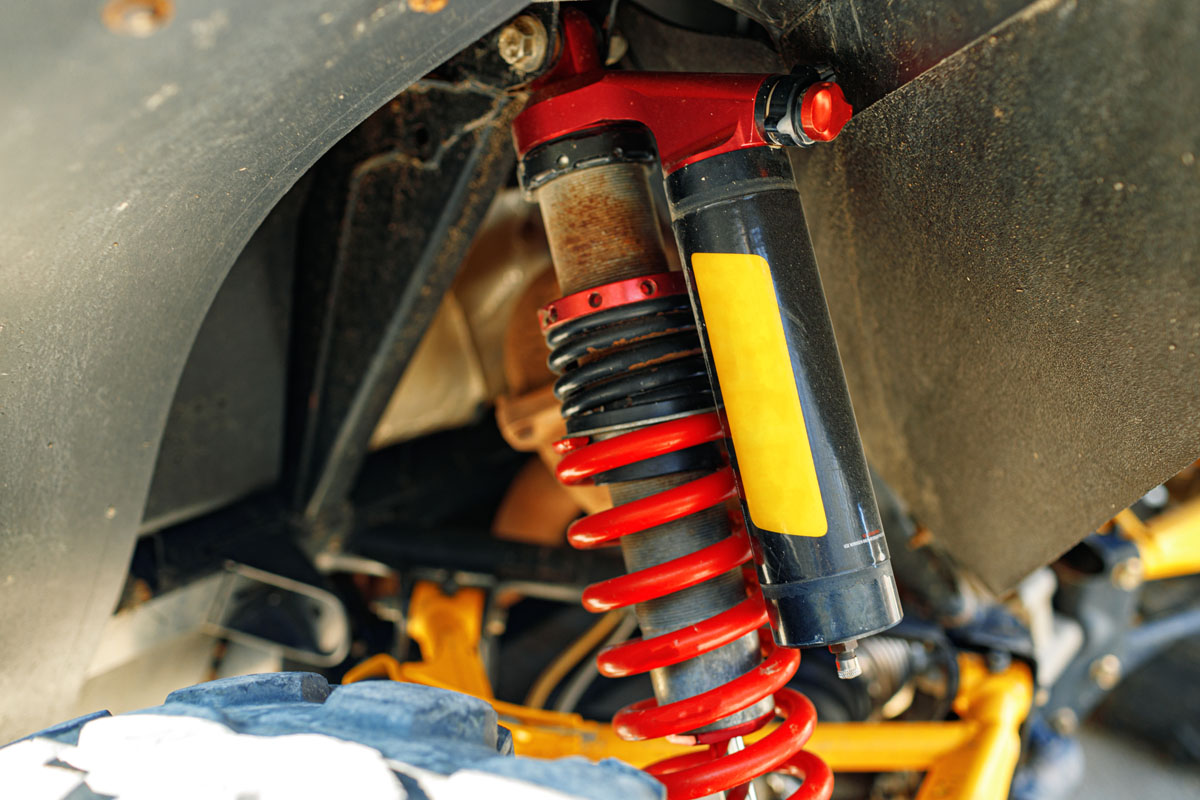
Hydraulic suspension systems are a vital factor of today’s vehicle design, adding to superior ride quality and vehicle steadiness. Exploring these systems uncovers a complex give and take of components and fluids that work harmoniously to deliver an adjustable and smooth ride. This post is going to give you a detailed understanding of the workings, components, and mechanical configurations of hydraulic suspension systems.
What Is Hydraulic Suspension?
The hydraulic suspension is a kind of vehicle suspension system that utilizes hydraulic fluid for controlling the ride height and cushioning of the vehicle. This system provides a noteworthy contrast to traditional spring-based suspensions by utilizing fluid pressure and hydraulics for absorbing road unevenness. It’s acclaimed for its ability to facilitate unrivaled ride experience, leveling the vehicle’s framework, and providing balance of comfort and handling.
How Hydraulic Suspension Works
A hydraulic suspension system functions through a painstaking process in which pressure hydraulics control the fluid within. Actuated via hydraulic pump, fluid is forced to the hydraulic cylinders at every vehicle wheel through a system of valves. Those valves, in partnership with the accumulators, expedite a dynamic response to road conditions. They adjust the height and firmness of the suspension by differing fluid pressure, therefore accommodating different road surfaces and driver choices. The outcome is a responsive system that adapts to variances in the road, maintaining comfort and stability.
Vital components of a hydraulic suspension include:
- Hydraulic Pump: Produces required pressure for moving fluid throughout the system.
- Accumulators: Stores pressurized gas and fluid, assisting in maintaining pressure even when there’s a loss of hydraulic fluid.
- Cylinders: Situated at each wheel, these utilize fluid pressure for adjusting the vehicle’s height and dampening.
- Valves: Manages the flow of fluid to the cylinders and can be adjusted to alter the suspension response.
- Fluid Reservoir: retains the hydraulic fluid required for the system to operate.
The complexity of these systems requires precise maintenance and the proper fluid—like the specific EXACT Hydraulic Fluid or conventional brake fluid—to guarantee optimal performance and a long life.
Rov-N-Techs In Scottsdale, Arizona
Rov-N-Techs performs all factory recommended services on Land Rovers & Jaguars at affordable prices! Master Technicians, Joe Caraway and Kevin Curtis worked at Land Rover of North Scottsdale for 10 years before opening their own shop in 2006 under the name of “Rover Techs”. Now known as “Rov-N-Techs” Joe and Kevin offer over 35 years of combined Land Rover experience. Contact us today!

